Wow, what a couple of months it’s been for our family here in Cuenca. We welcomed a beautiful baby boy into the world and acquired GringoTree all within the space of a few weeks.
Spoiler – it wasn’t always an easy process.
Here are 8 lessons we learned along the way. Hopefully, it’s useful to other expecting families that have made the move to Cuenca.
Let’s hop to it.
1. Home births are possible – albeit with some difficulty
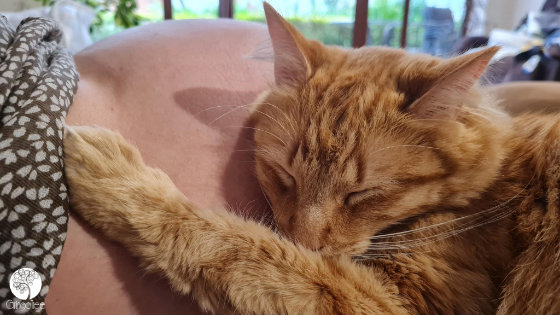
Home births are largely not recognized by the Ecuadorian medical community – obvious exceptions for remote & indigenous communities. The strong cultural preference towards hospital births does mean you’ll find it harder to organize one.
We also suggest being prepared to encounter some pushback when raising the possibility of having a home birth. We experienced this from multiple angles. From doctors, nurses, pediatricians, friends & even family members were all too happy to express their concern at our home birth preference.
There are some very notable exceptions. If you’re looking to home birth in Cuenca, we recommend talking with two potential options:
Nana Lupe + Madre Luna
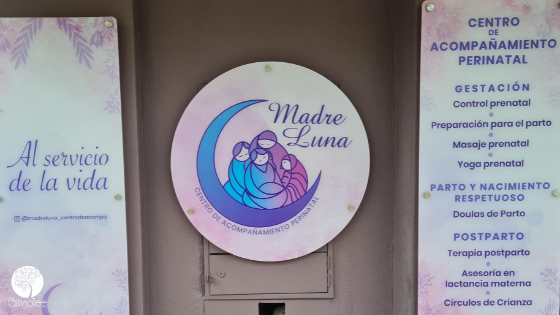
Madre Luna is the organization we used for our home birth. They operate out of the Vergel neighborhood. One of their offerings is a very useful prenatal class that combines birth education and support in a friendly format that meets once per week.
The classes are in Spanish, so you’d want to have at least a basic grasp or you may find it quite challenging. My Spanish is intermediate and whilst it was sometimes hard to express myself, the supportive environment made it much easier to share.
Nana Lupe also operates out of the Madre Luna center. They provide a range of natural products that are difficult to find elsewhere.
One of our most precious belongings is the homeopathic pack Nana Lupe created for us using our baby’s placenta and umbilical cord. This pack came with:
- Homeopathic oil for the baby (lasts 18 years)
- Soap
- Placenta pills
- Homeopathic oil for Michelle
- Poster of placenta
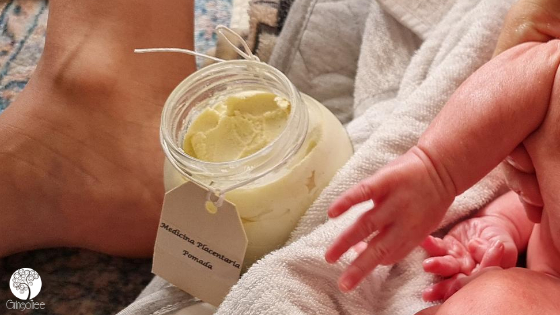
We didn’t think we’d be able to find these types of products in Cuenca, but we’re very grateful to have found Nana Lupe. So much so, that we wanted to introduce their products to our readers (with a nice discount too – see below).
Bonus! Nana Lupe has joined the GringoTree Discount Card program. Get 5% off their gift shop items such as homeopathic creams, oils & even yoni eggs.
Water birth with Elbia Martinez Cardenas
Our 1st preference was for a water birth. But, there are really not many options for this in Cuenca (or Ecuador in general). The only reputable option we could find in Cuenca was Elbia Martinez Cardenas.
We had an appointment at her clinic when we were planning a previous birth, but ultimately decided it wasn’t for us because of the location. We live in Challuabamba, which is on the complete opposite side of town and our fear is that it would take us too long to arrive at the clinic.
2. Every birth is different
This birth was difficult. 12 hours of labor followed by an emergency C-section. It was a massive contrast with the 2 previous quick & peaceful water births.
There are many biological reasons why the births should be different, but Michelle found it hard to emotionally detach from these.
The advantages of experience are quite obvious, but it can be a double-edged sword when the new experience falls short of the old one.
Almost nothing was the same with our most recent birth. The more I reminded Michelle that this is ok and ‘normal’, the less anxious she became.
3. Let go of the ‘perfect’ birth
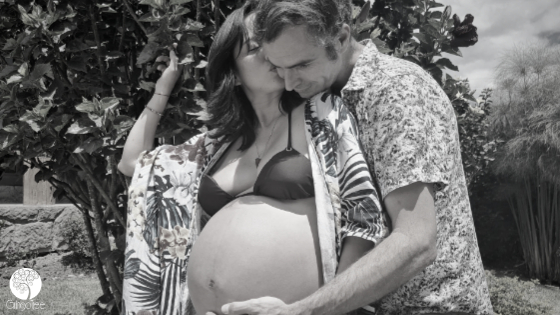
Again with the expectations! I’d say Michelle’s previous two births were close to ‘perfect’. They were quick, relatively painless, and overwhelmingly a positive experience.
We tried to plan what we considered the ideal way to welcome our child into the world. We spent a lot of time preparing the ideal music, lights, furniture, candles, etc. Our entire family even wore little disposable tattoos to celebrate the occasion.
But we were also careful to have backup plans. Yes. Plans – plural. These plans covered emergency and semi-emergency situations where we’d need to leave the house and give birth in a hospital.
If we didn’t make these plans beforehand, I know it would have been incredibly difficult to make the required decisions in the heat of the moment.
As it turns out, this birth required me to pull the car over every few hundred meters so Michelle could have her contractions with as little discomfort as possible. This certainly wasn’t part of our ‘perfect’ birth, but that’s ok. Our mindset was ready to take on whatever that day threw at us.
4. Choose your hospital plan carefully
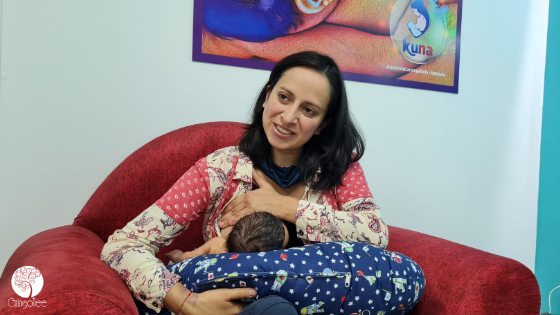
Given the standing presumption that hospital births are the only choice, it’s tempting to think ‘the hospital must know what’s best for me’. Wrong. This was oh so very wrong for us.
In our experience, the hospitals have an interest to minimize their risk and not necessarily focus on the optimal health outcomes for the child & mother.
This means you need to take matters into your own hands and create a birth plan that works for you, not necessarily one that is the most convenient for your doctor & other hospital staff.
Things that we included in our birth plan that we had approved by the hospital beforehand:
- Which drugs Michelle would take and those she wouldn’t
- The position Michelle would give birth in (and no, it wasn’t the lay flat on your back position)
- Minimizing the number of staff or other onlookers in the room
- Ensure that I, as the father, would be allowed to participate
- Michelle or I would always be able to see our child (ie no accidental switching)
Our birth plan was about 4 pages long, so we covered a lot more. Basically every scenario we could imagine.
A core part of our plan was unlearning everything we’ve seen on TV about giving birth in a hospital. Some of the experiences may ring true, but taking certain actions for granted such as “push, push, push” all the time is not necessarily medically advisable.
And then ultimately we needed to be ok with throwing this plan out the window too. The emergency nature of our birth meant we didn’t have the luxury of time, or even authority, to make any decisions. All we could do is trust the gynecologist surgeon and other hospital staff. Thankfully, they performed admirably under the circumstances.
5. Birth registration isn’t too difficult
Given how difficult it was to buy a car or arrange a visa here, I was expecting the birth registration process to be similarly painful. Turns out it was relatively simple.
Registro Civil
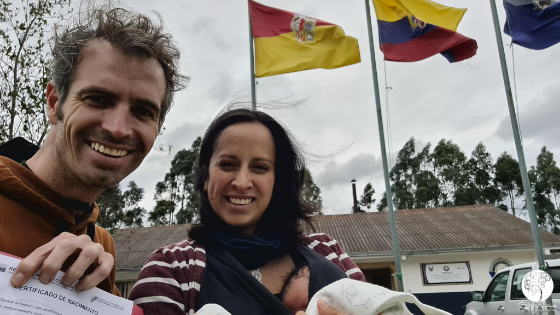
The hospital provided a Certificado de Nacido Vivo. We needed to take this certificate and our cedulas to the Registro Civil (we used the El Batán agency). They registered our baby and gave us the birth certificate (Certificado de Nacimiento).
They also provided us with our baby’s cedula number, but we opted out of getting the actual cedula as we’d need to replace it shortly (after 3 months I believe – but don’t quote me on that).
The process at Registro Civil was really quite stress-free. Especially so because they gave Michelle priority, so she was able to cut to the front of the line. We were in and out within 30 mins – a new record at the civil registro for me!
However, the process is more complicated if you home birth as you need to make special arrangements to obtain the Certificado de Nacido Vivo. You’ll need to go to a notary and provide two witnesses to attest that you had the delivery at home. We were going to do this, but as we ended up having a hospital birth, they provided the certificate for us.
Maternity Leave
Michelle works for an Ecuadorian company. This means she’s eligible for maternity leave. Organizing this through IESS was the most difficult and time-sensitive part of the process as we only had 1 week after the child was born to have all of the paperwork submitted to IESS. This involved me going to the IESS Hospital in Azogues several times to fill in the required forms.
6. Vaccinations + covid
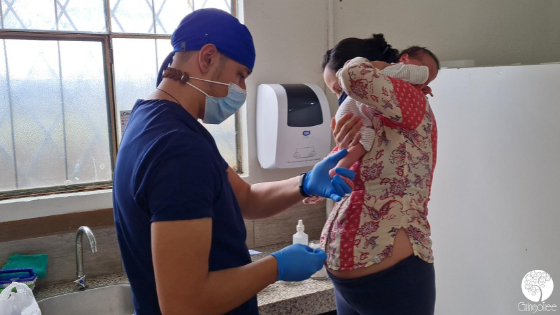
The COVID pandemic has clearly put a strain on Ecuador’s public health system. We evidenced this when trying to secure baby vaccinations. Supply was limited and we had to push our local health clinic to make sure they had enough for us.
Feedback from the doctors and nurses at our clinic was that a lot of their regular funding has been diverted in an effort to combat COVID. This has decreased the overall availability of medicines that were previously available.
Anecdotally, we can attest to this funding shift as accessing vaccinations was not an issue with the two previous births.
Bottom line is that we are on track with our baby’s vaccinations, but we’ve had to work a little harder for this than we would have liked.
7. Get insurance
This one seems very straightforward. And it is. We definitely recommend getting health insurance BEFORE getting pregnant.
We didn’t, but wish we did. Michelle had IESS coverage which meant we could have used any of the IESS hospitals for checkups and emergencies, but our personal preference is to use private hospitals & clinics.
Maternity cover kicks in after 12 weeks for most of the insurance plans we looked at. So, if you’re planning a pregnancy, we suggest making sure you have insurance with maternity cover for at least 3 months before you ‘start trying’. If not, you may find you have very few options to cover your new ‘pre-existing condition’.
Expect to pay around $80 per month for maternity insurance ($30K cover with $100 deductible).
If you don’t have insurance for the maternity period, you’ll also need to wait around 30 days after the baby is born until the new baby will be eligible for insurance. The rationale here is that the 1st 30 days are the highest risk, so the insurance companies don’t want to be covering this period.
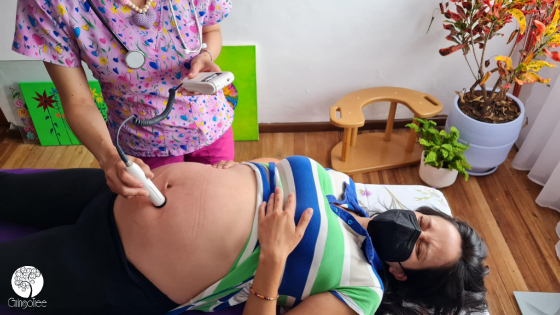
8. Health care costs are very reasonable
If you do happen to get pregnant without private insurance, you’ll be pleased to know that health care costs are still very affordable.
Cost breakdown for various items:
- Monthly gynecologist consulations ranged between $30 & $45
- Scans & tests (1st & 3rd trimester in particular) $75
- Screening tests (tamizje prenatal – for down syndrome etc) $160
- Pre-natal vitamins (pack of 30 – Velnatal) $20
- Birth by emergency cesarean section (incl one night in hospital) $1,800
Many of the above costs would have been covered by insurance (if we had it). I haven’t done a full cost comparison to find out how much extra we paid because we didn’t have insurance. However, I’d estimate that we are out of pocket by at least another $1,500 because we didn’t have insurance.
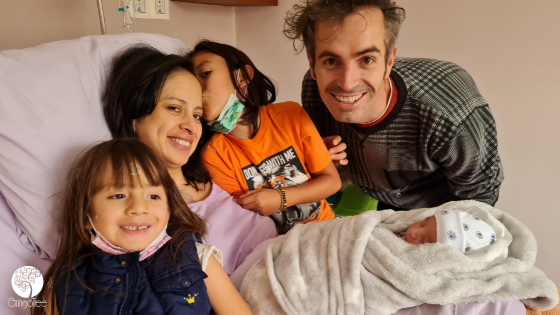
Final Words
Giving birth in Cuenca certainly has its challenges. But, so does giving birth anywhere. With the right planning, we do think it’s a viable option for expat families.
But, we’ve also witnessed some expats struggle more than they would in their home countries because they don’t have the same support network here.
This is another instance where building community becomes critical to your expat journey. So much so that it’s a core reason why GringoTree exists – to help build your local community.
Did you give birth in Cuenca or are thinking about it? We’d love to hear about your experience & thoughts in the comments below.

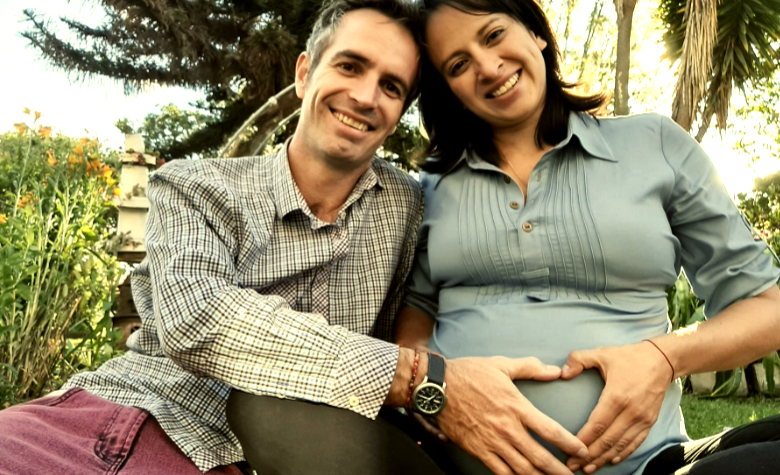



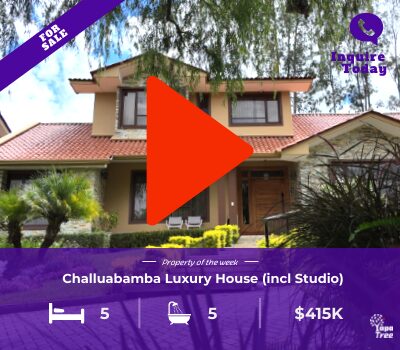





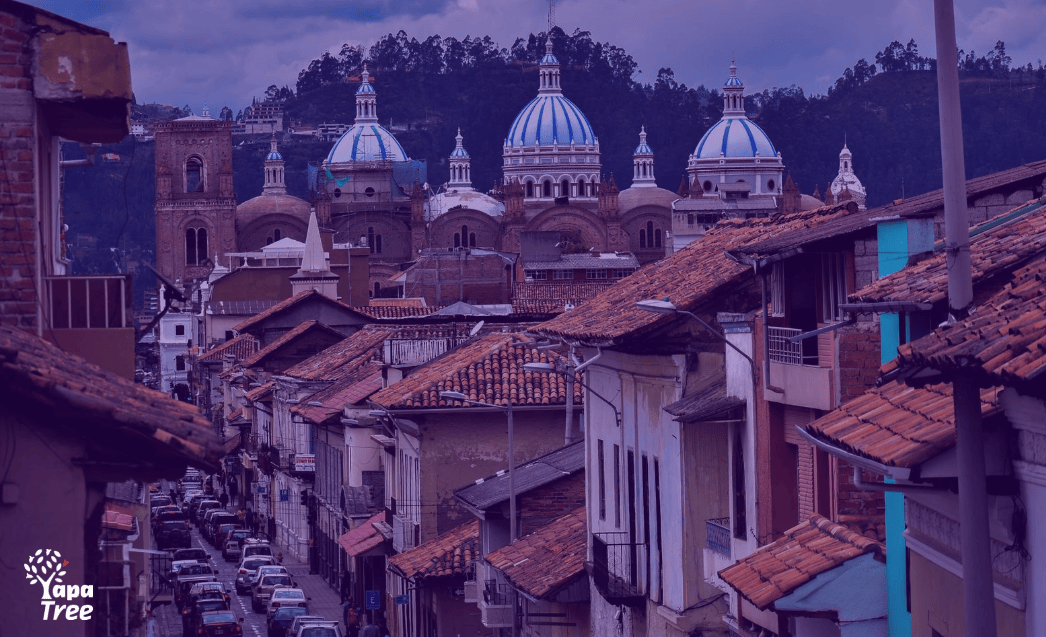
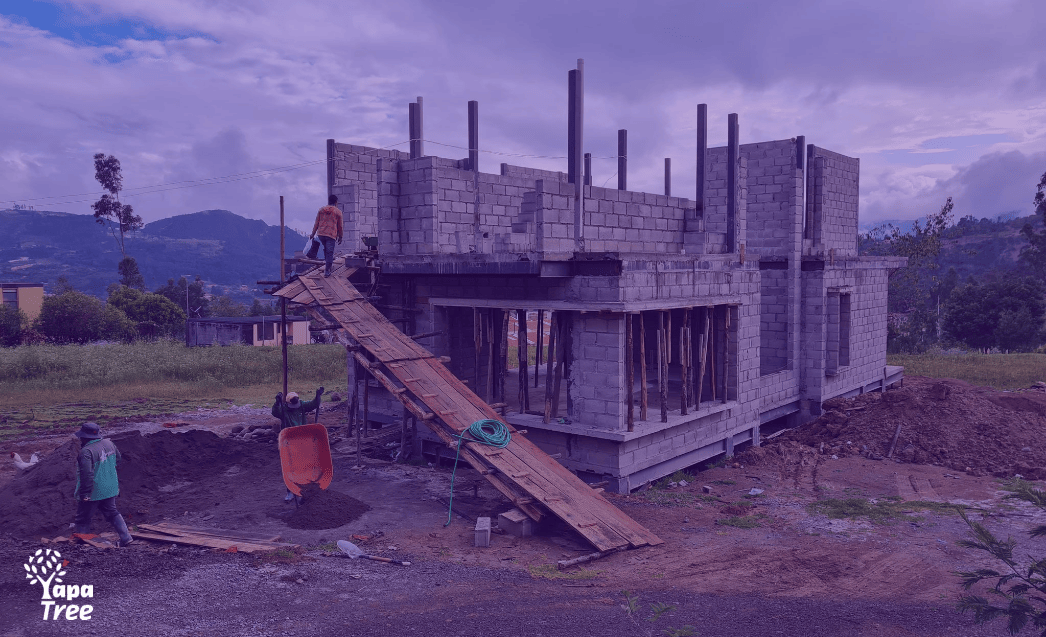
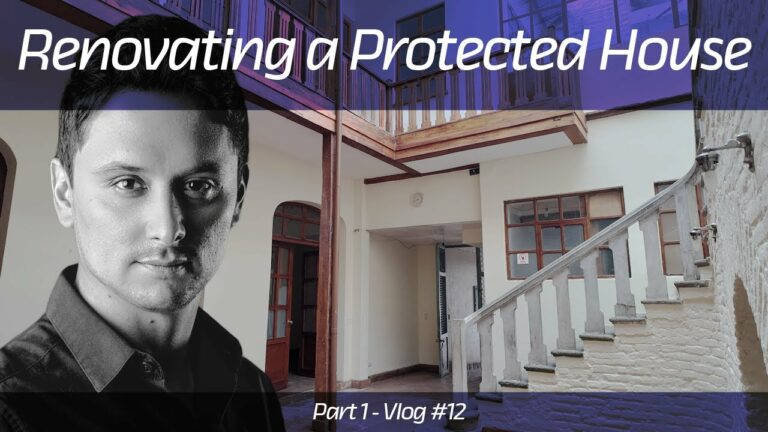

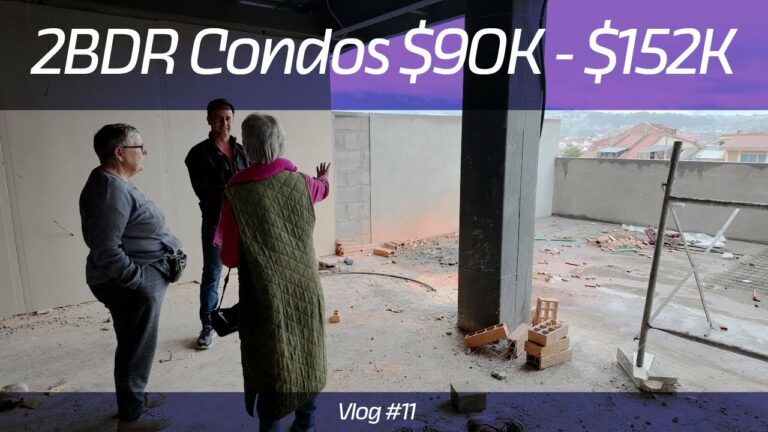
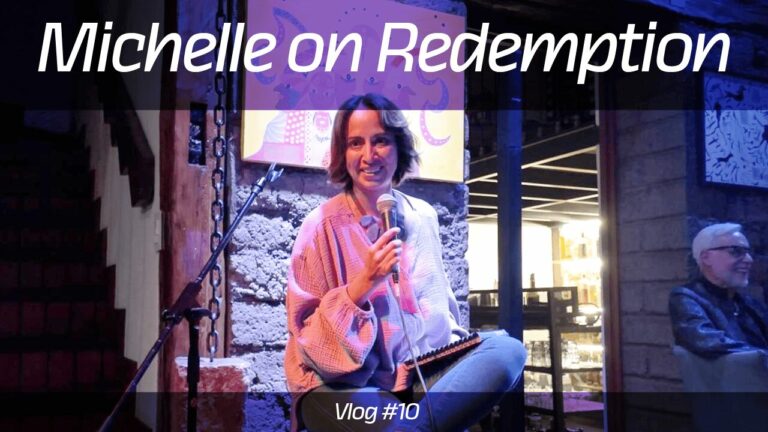
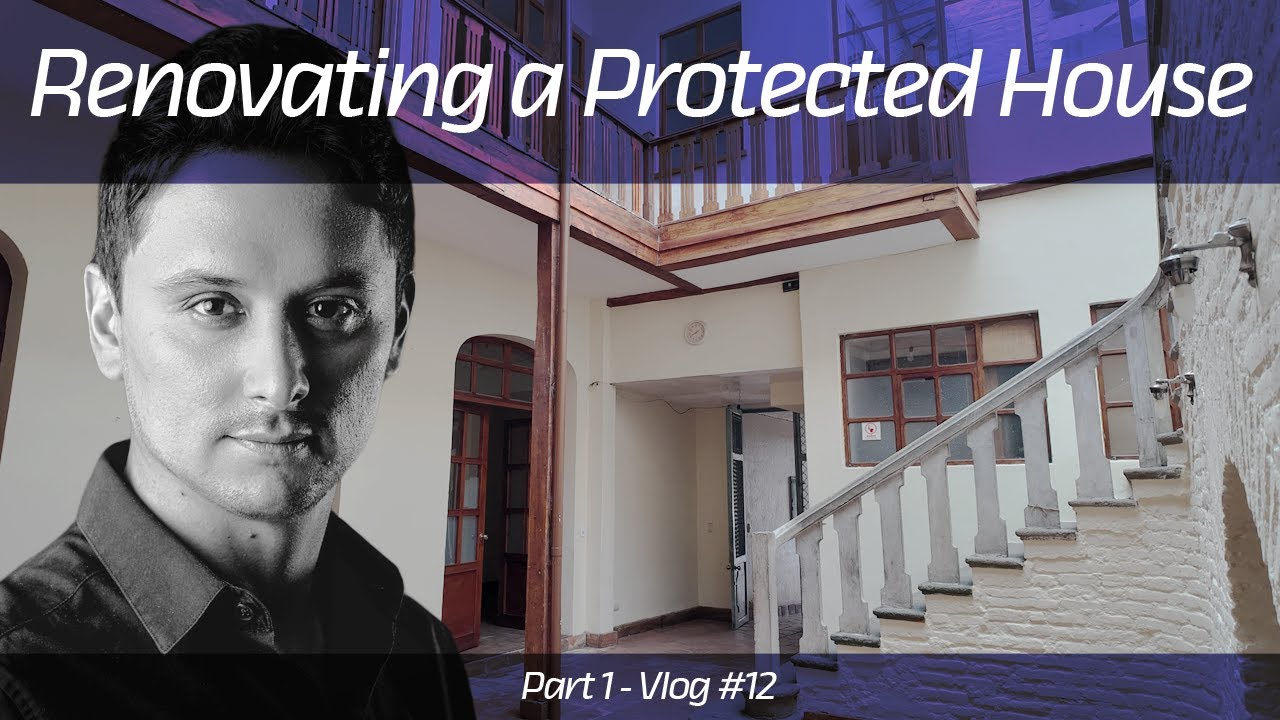

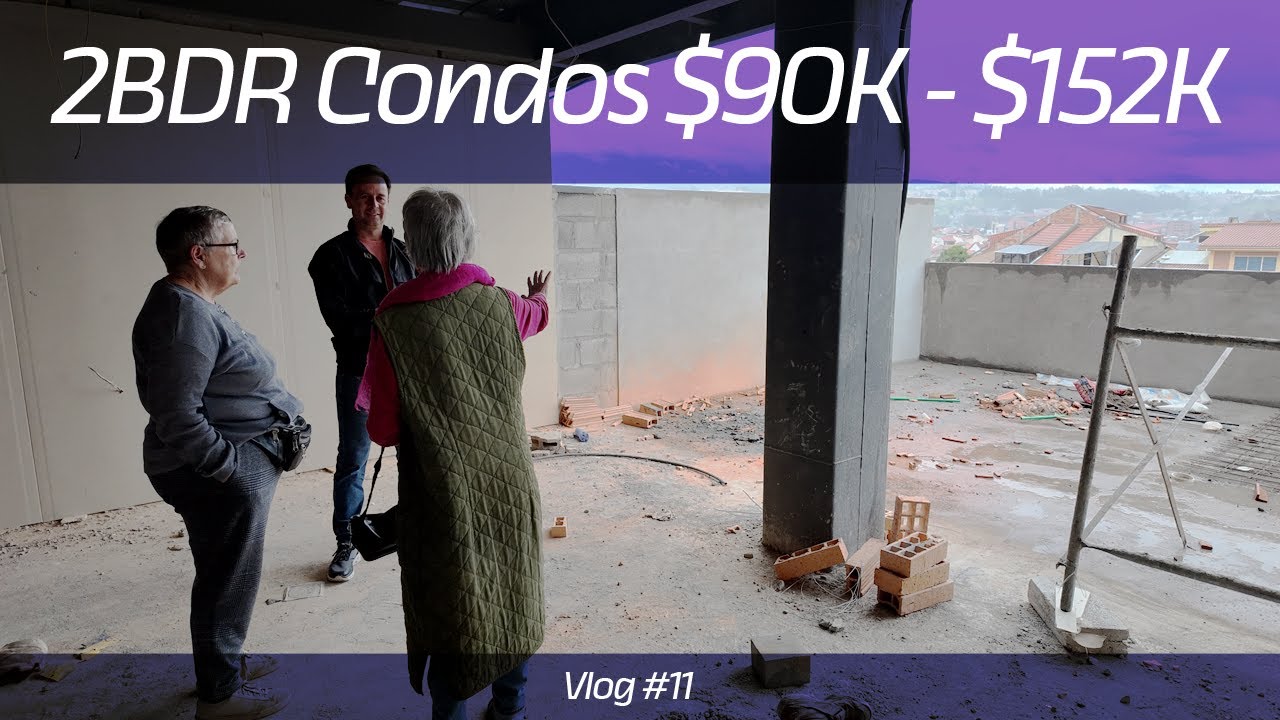
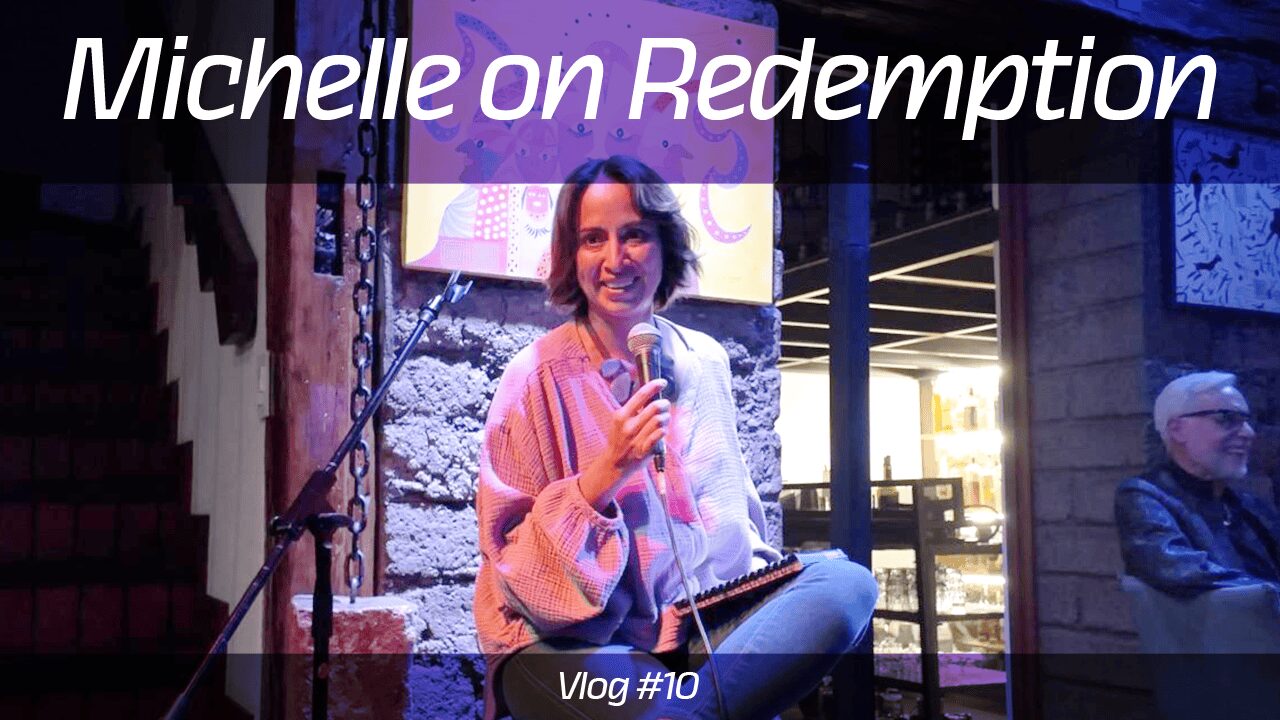
4 Responses
we had our baby girl at a private clinic (Latino) in Cuenca; my wife at 38 needed to have the birth Caesarian; total cost including overnight suite was $1500
Thanks for sharing Louis. Sounds like that was a planned caesarian? Would you recommend Latino Clinic if doing over?
Hello, My daughter is preparing to have baby here in Cuenca. I was wondering which hospital you used and an idea of how much does nana lupe cost. thank you. your piece was very beneficial
Hi Tameka – glad you found it useful. Nana Lupe was around $1500, but I recommend checking current prices with them. As far as the hospital, I wouldn’t recommend the one we used so don’t want to comment on it. You’re welcome to contact me privately for our experience.